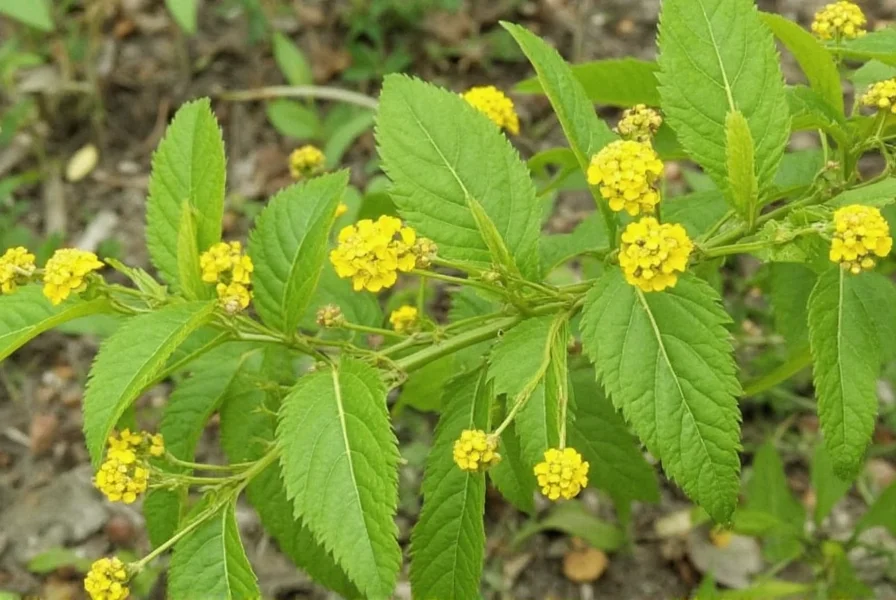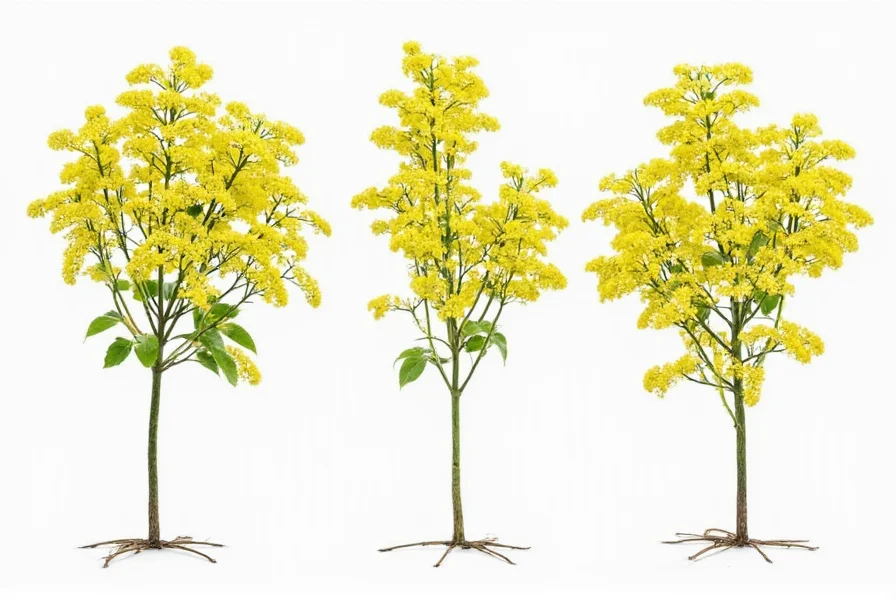Understanding the actual size of mustard plants requires clarifying a common misconception. When people search for “mustard tree size,” they’re often referencing the biblical parable describing a mustard seed growing into a large tree. However, botanically speaking, mustard plants don’t grow into trees at all. The confusion stems from historical translation issues and the relative size of mustard plants compared to other garden plants in ancient times.
Botanical Reality of Mustard Plant Size
The plants commonly called “mustard” belong to the Brassica genus (including Brassica nigra and Brassica juncea) or the Salvadora genus (like Salvadora persica, sometimes called the mustard tree). True mustard plants are herbaceous annuals or biennials, not woody perennials like actual trees.
Here’s what scientific research tells us about typical mustard plant dimensions:
| Mustard Type | Average Height | Maximum Height | Lifespan |
|---|---|---|---|
| Black Mustard (B. nigra) | 4-6 feet (1.2-1.8 m) | 8-10 feet (2.4-3 m) | Annual |
| Brown Mustard (B. juncea) | 3-5 feet (0.9-1.5 m) | 7 feet (2.1 m) | Annual/Biennial |
| White Mustard (S. alba) | 2-4 feet (0.6-1.2 m) | 5 feet (1.5 m) | Annual |
| “Mustard Tree” (S. persica) | 10-20 feet (3-6 m) | 25+ feet (7.6+ m) | Perennial |
The Salvadora persica, sometimes called the mustard tree or toothbrush tree, is the only plant in this group that qualifies as an actual tree. It grows in arid regions of Africa and Asia and can reach heights of 20-25 feet with a woody structure. This plant produces small mustard-scented fruits but isn’t related to culinary mustard plants.
Factors Influencing Mustard Plant Height
Several environmental factors determine how large your mustard plants will grow. Gardeners searching for “mustard plant maximum height” or “factors affecting mustard plant size” should consider these key elements:
- Soil quality: Mustard thrives in well-drained, fertile soil with pH between 6.0-7.5. Poor soil typically produces plants at the lower end of the height spectrum (2-3 feet)
- Water availability: Consistent moisture promotes taller growth. Drought conditions stunt growth significantly
- Sun exposure: Full sun (6+ hours daily) maximizes growth potential
- Temperature: Optimal growing range is 55°-75°F (13°-24°C). Extreme heat causes premature flowering and reduced height
- Planting density: Crowded plants compete for resources and grow taller but thinner as they stretch for light
Addressing the Biblical Mustard Tree Reference
The confusion around “mustard tree size” often originates from Matthew 13:31-32, which describes a mustard seed growing into a tree where birds nest. Historical agricultural context provides clarification:
In first-century Palestine, mustard plants (likely Brassica nigra) were among the largest garden plants commonly grown. While not technically trees, they could reach 8-10 feet—tall enough for small birds to nest in their dense branches. This relative size compared to other garden plants explains the “tree” description, though modern botany confirms these are herbaceous plants with soft, non-woody stems.
Researchers at the Agricultural Research Service note that ancient mustard varieties may have grown slightly larger than modern cultivated varieties, but still within the 6-10 foot range under exceptional conditions. The phrase “mustard tree dimensions in biblical times” reflects agricultural reality of that era, not a different plant species.
Practical Implications for Gardeners
If you’re researching “how tall do mustard plants grow for gardening,” consider these practical guidelines:
- Space mustard plants 12-18 inches apart to prevent overcrowding and promote healthy growth
- For maximum height (5-8 feet), provide consistent watering and nitrogen-rich fertilizer
- Prune side shoots if you want a single, taller stalk rather than bushy growth
- Remember that mustard plants flower and set seed quickly in warm weather, ending their vegetative growth phase
- Mustard cover crops typically reach 3-4 feet before termination for optimal soil benefits
Gardeners in temperate climates often wonder “why is my mustard plant not growing tall.” Common reasons include insufficient sunlight, poor soil nutrition, overcrowding, or premature bolting due to temperature fluctuations. Mustard plants grow fastest during cool spring or fall weather—summer heat typically triggers early flowering.

Mustard Size Compared to Actual Trees
Understanding “mustard plant versus tree size comparison” requires recognizing fundamental botanical differences:
- True trees develop woody tissue and grow incrementally over many years
- Mustard plants complete their life cycle in one or two seasons with soft, herbaceous stems
- Even the largest mustard plants (8-10 feet) are dwarfed by the smallest true trees (typically 15+ feet)
- Mustard stems lack growth rings and cannot develop secondary thickening like trees
The only exception is Salvadora persica, which grows as a true shrub or small tree in desert environments. This plant’s height (10-25 feet) and woody structure make it the only legitimate “mustard tree,” though it’s unrelated to culinary mustard species.
Frequently Asked Questions
How tall does black mustard grow typically?
Black mustard (Brassica nigra) typically reaches 4-6 feet (1.2-1.8 meters) in height under average growing conditions. In exceptionally fertile soil with consistent moisture and full sun, it may grow up to 8-10 feet (2.4-3 meters), though this maximum height is relatively uncommon in most garden settings.
Is there actually a mustard tree that grows to significant height?
Yes, Salvadora persica, sometimes called the mustard tree or toothbrush tree, grows as a true shrub or small tree reaching 10-25 feet (3-7.6 meters) in height. Native to arid regions of Africa and Asia, this plant produces small mustard-scented fruits but belongs to a different plant family than culinary mustard plants and isn't used for spice production.
Why do people call mustard a tree when it's not woody?
The “mustard tree” reference comes from biblical parables describing the relative size of mustard plants compared to other garden plants in ancient times. While not technically trees, mustard plants (particularly Brassica nigra) could grow 6-10 feet tall—tall enough for small birds to nest in their branches. This made them the largest garden plants commonly grown, hence the “tree” description in historical agricultural context.
What’s the maximum height for brown mustard plants?
Brown mustard (Brassica juncea) typically grows 3-5 feet (0.9-1.5 meters) tall in most garden conditions. Under optimal circumstances with rich soil, consistent moisture, and ideal temperatures, brown mustard may reach heights of 6-7 feet (1.8-2.1 meters), though it rarely exceeds this range as it quickly bolts and produces seeds when temperatures rise.
How can I grow taller mustard plants in my garden?
To maximize mustard plant height, plant in well-drained, fertile soil with pH 6.0-7.5, space plants 12-18 inches apart, provide consistent moisture (1-1.5 inches of water weekly), and apply nitrogen-rich fertilizer when plants are 4-6 inches tall. Plant during cool spring or fall weather, as heat triggers premature flowering. For single-stem growth, remove side shoots when plants reach 6-8 inches tall.











 浙公网安备
33010002000092号
浙公网安备
33010002000092号 浙B2-20120091-4
浙B2-20120091-4